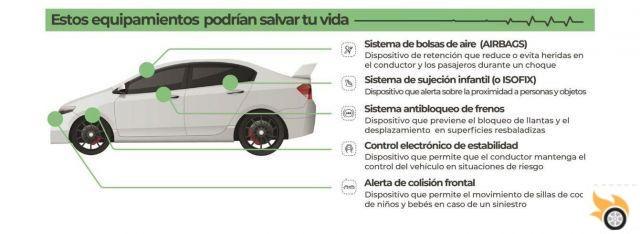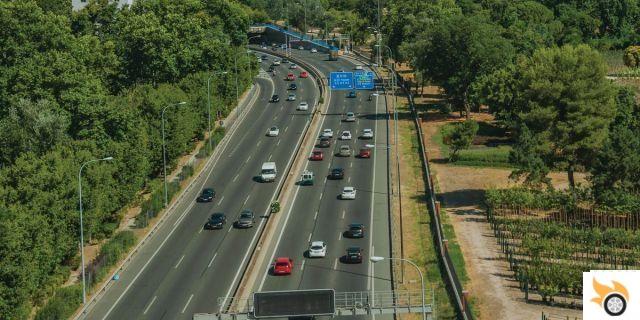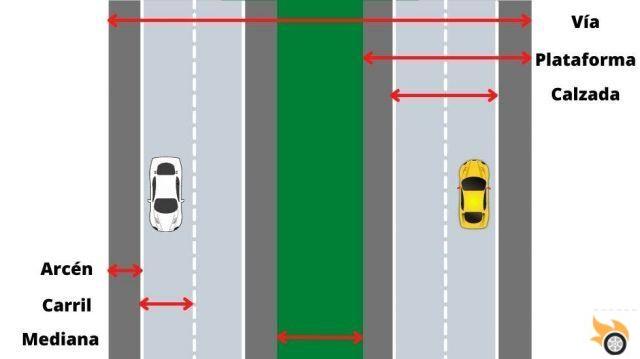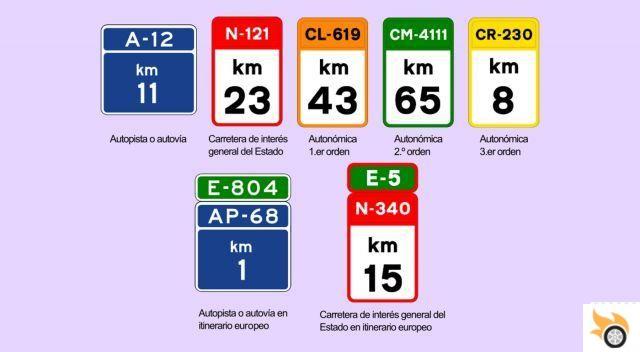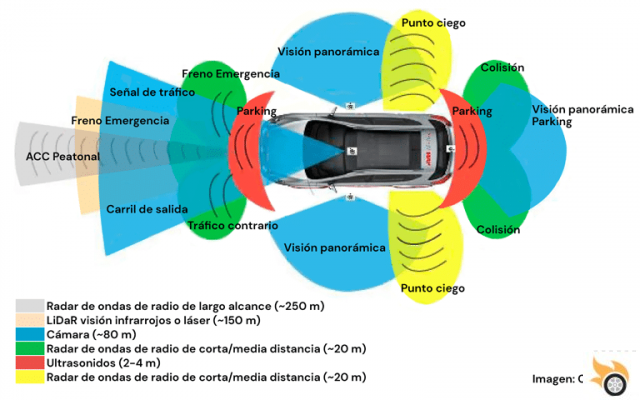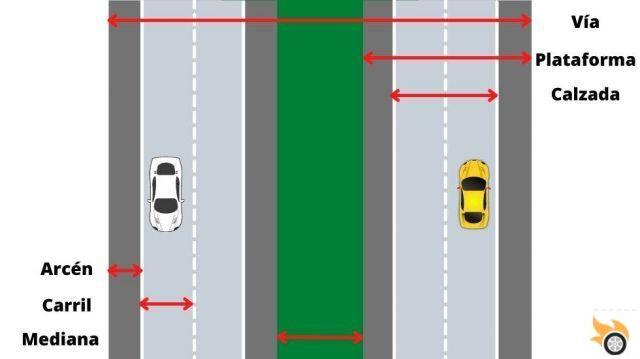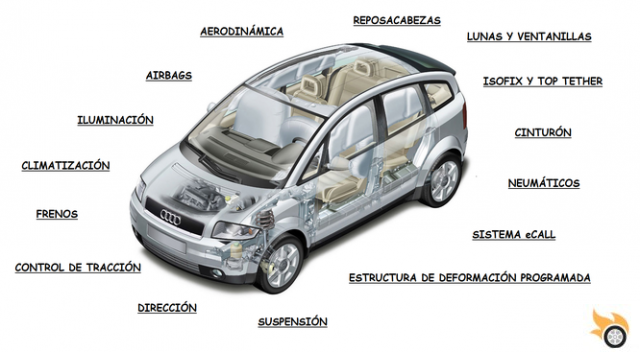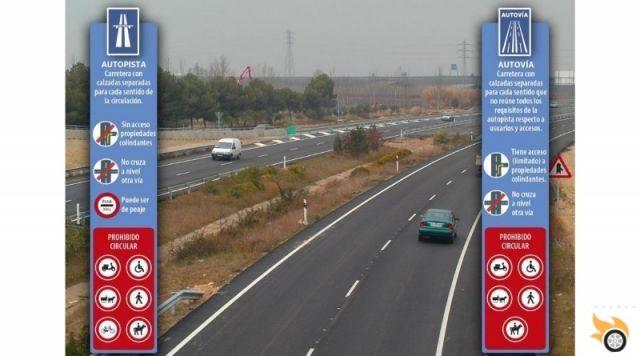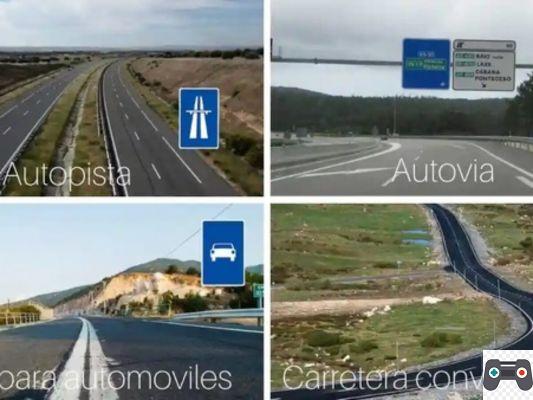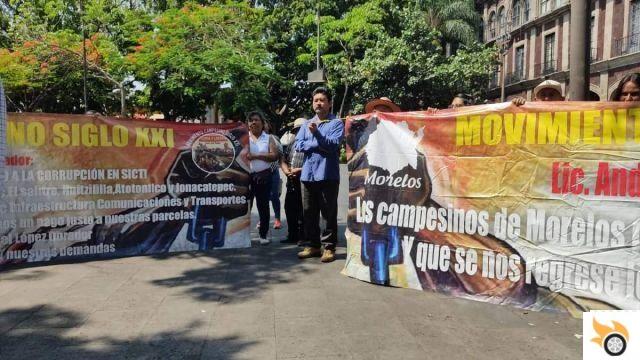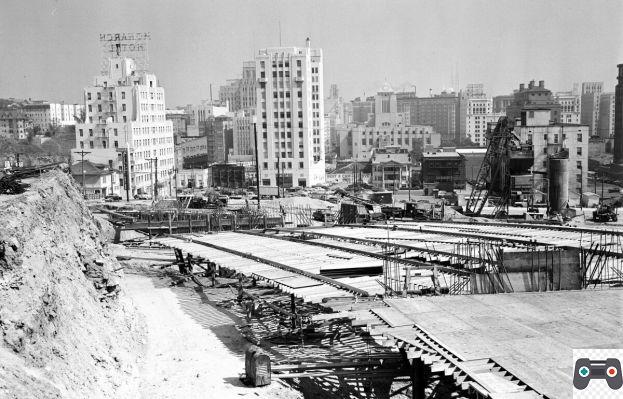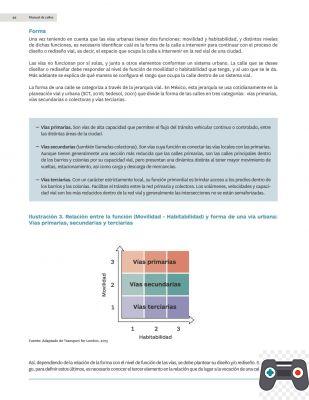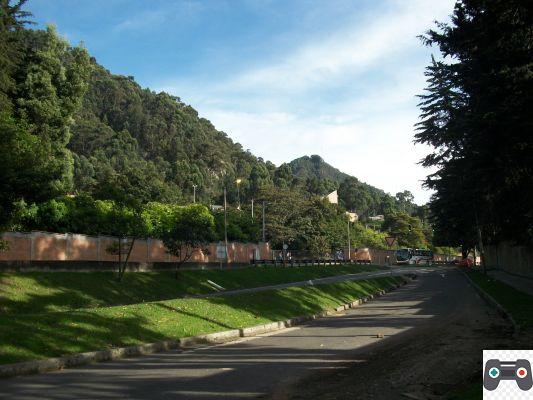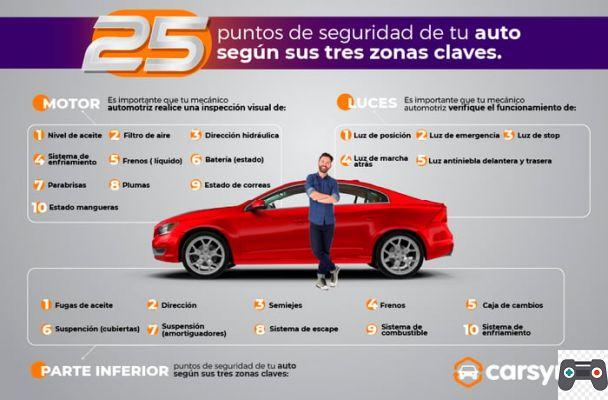Introduction
Welcome to Pistonudos.com, where we are passionate about providing detailed and accurate information on everything related to the automotive world. In this article, we will address the different classifications and uses of the roads, as well as the rules of priority, speed and right-of-way. If you are a driver, it is essential to know these rules to guarantee road safety and avoid possible accidents. Read on for all the information you need!
Classification and use of roads
Roads are classified into different categories based on their function and characteristics. Here we present the main ones:
urban roads
Urban roads are those found within cities and towns. These roads usually have a maximum permitted speed of 50 km/h and are designed for local traffic. In some cities, there are zones called cities 30, where the maximum speed allowed is 30 km/h. These areas are implemented with the aim of reducing speed and improving road safety.
Interurban roads
Interurban roads are those that connect different locations. These roads usually have a maximum permitted speed of 90 km/h or 100 km/h, depending on the road. It is important to bear in mind that on some interurban roads there are sections with specific speed limits, such as work zones or dangerous sections.
unpaved roads
Unpaved roads are those that do not have a layer of asphalt or concrete. These roads are often found in rural areas and often have a lower maximum permitted speed than paved roads. It is essential to drive carefully on these roads, as they can present irregularities in the terrain and adverse conditions.
Rules of priority and right of way
On the roads, there are rules of priority and right-of-way that must be respected by all drivers. Next, we explain the main ones:
Priority rules at crossroads and unsignalized intersections
At unsignalized junctions and intersections, the right-of-way priority rule applies. This means that if two vehicles arrive at an unmarked junction at the same time, the vehicle on the right has right of way. It is important to be attentive and respect this rule to avoid collisions.
Priority rules at signalized crossroads and intersections
At signalized crossroads and intersections, the right of way is indicated by traffic signs. Yield and stop signs indicate that you must yield to vehicles approaching from the right-of-way. It is essential to respect these signs to ensure road safety.
Priority rules in narrowing
In road narrowing, it is important to know who has priority. In general, the yield rule applies to vehicles on the narrowest lane. However, it is essential to be aware of traffic signs that may indicate otherwise.
Speed and road safety
Speed is a determining factor in road safety. Here are some rules and recommendations related to speed:
Maximum permitted speed
On each type of road, there is a maximum speed allowed that must be respected by all drivers. This speed is established with the aim of guaranteeing road safety and avoiding accidents. It is essential to know and respect the speed limits established on each road.
Adaptation of speed to road conditions
In addition to respecting the speed limits, it is important to adapt your speed to the road conditions. If the weather conditions are adverse, such as heavy rain or fog, it is necessary to slow down to ensure safe driving. It is also essential to adapt the speed in curves, intersections and areas with the presence of pedestrians.
Frequently Asked Questions (FAQs)
1. What should I do if I am at an unmarked intersection and another vehicle arrives at the same time?
If you are at an unmarked intersection and another vehicle arrives at the same time, you must apply the right-of-way rule. This means you must yield to the vehicle on your right. If both vehicles arrive at the same time and are in the same position, it is recommended to use light signals or gestures to communicate and decide who has priority.
2. What is the maximum speed allowed on an unpaved road?
The maximum speed allowed on an unpaved road may vary depending on local legislation. However, in general, it is recommended to slow down and drive with caution on these roads due to the terrain conditions. It is important to pay attention to traffic signs that may indicate the maximum speed allowed in each case.
Conclusion
In summary, knowing the rules of priority, speed and right-of-way is essential to guarantee road safety. In this article, we have addressed the different classifications and uses of roads, as well as the rules that you must take into account in each case. Always remember to respect the speed limits, adapt your speed to the road conditions and pay attention to traffic signs. Responsible driving is everyone's responsibility!
We hope this article has been useful and we invite you to leave us your comments and questions related to the topic. At Pistonudos.com, we are committed to providing quality information and responding to all your concerns. Until next time!




